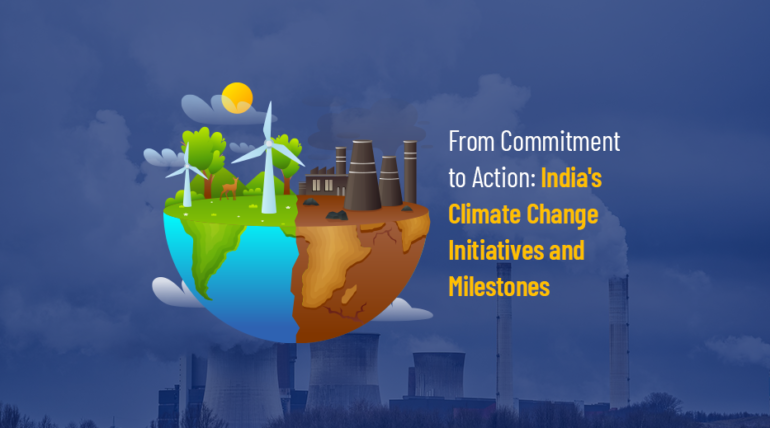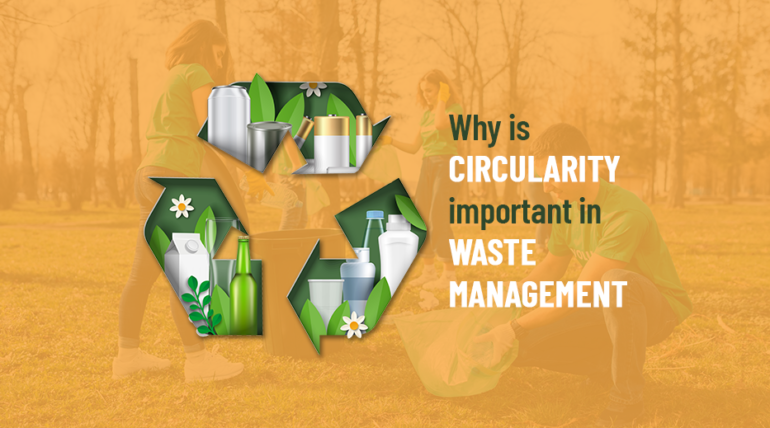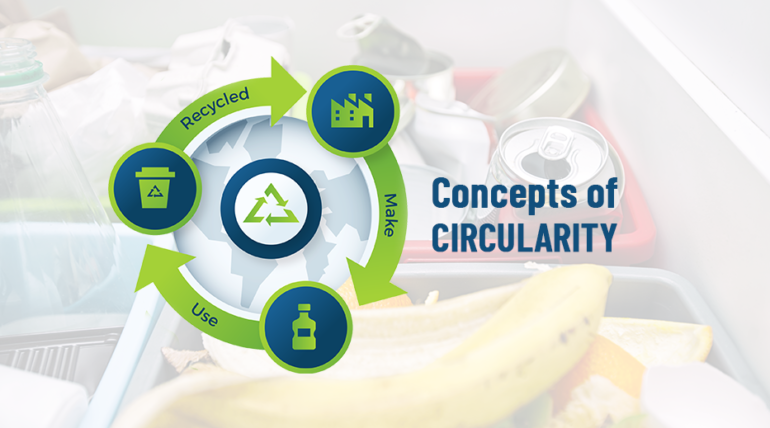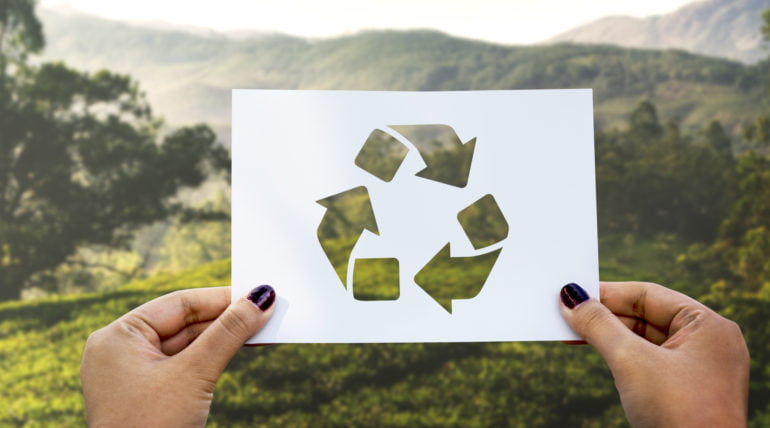India’s Climate Change Initiatives and Milestones
India’s climate change is becoming an imminent problem that needs prudent action. Carbon credits, carbon offsetting, and carbon trading are all mechanisms that aim to reduce greenhouse gas emissions and mitigate the impacts of climate change. However, they differ in their approach and purpose.
Carbon credits: A carbon credit represents a unit of greenhouse gas emissions reduction, avoidance, or removal that can be bought, sold, and traded in a carbon market. It is a financial incentive that encourages companies to reduce their greenhouse gas emissions by providing them with a revenue stream for their efforts. Carbon credits are typically generated through renewable energy projects, energy efficiency improvements, and other emission reduction initiatives. By buying carbon credits, companies can offset their own carbon footprint and demonstrate their commitment to reducing their environmental impact.
Carbon offsetting: Carbon offsetting involves the purchase of carbon credits from a third-party to compensate for greenhouse gas emissions that cannot be reduced internally. For example, if a company’s business operations result in greenhouse gas emissions, it may purchase carbon credits from a renewable energy project to offset these emissions. The idea behind carbon offsetting is to balance out the environmental impact of carbon emissions by supporting emission reduction efforts elsewhere.
Carbon trading: Carbon trading involves the buying and selling of carbon credits between businesses or countries. The goal of carbon trading is to create a market-based mechanism that incentivizes companies to reduce their greenhouse gas emissions by providing financial incentives for emission reductions. Under a carbon trading scheme, companies with emissions that exceed their carbon allowances must buy additional carbon credits from companies with surplus allowances. This creates a financial incentive for companies to reduce their greenhouse gas emissions and rewards companies that have already taken steps to reduce their emissions.
In summary, carbon credits are the units that represent greenhouse gas emissions reductions, carbon offsetting is the act of purchasing carbon credits to offset emissions, and carbon trading is the buying and selling of carbon credits between companies or countries to incentivize emission reductions.
India’s Climate Change Targets
India has set a target of reducing its carbon intensity by 33-35% by 2030, compared to 2005 levels. Carbon intensity is the amount of carbon dioxide emissions per unit of GDP. Additionally, India aims to achieve 40% of its electricity generation capacity from non-fossil fuel sources by 2030. To achieve these targets, India has launched several initiatives, Here are some of the milestones and targets set by India:
- Paris Agreement: In 2015, India ratified the Paris Agreement, committing to reduce its emissions intensity by 33-35% below 2005 levels by 2030, and to achieve 40% of its installed power capacity from non-fossil fuel sources by 2030.
- National Action Plan on Climate Change: India’s National Action Plan on Climate Change (NAPCC) was launched in 2008, with eight national missions addressing various aspects of climate change. These missions include a National Mission on Enhanced Energy Efficiency, a National Mission on Sustainable Habitat, and a National Solar Mission.
- Clean Development Mechanism: India is eligible to participate in the Clean Development Mechanism (CDM), which allows developed countries to offset their emissions by investing in emissions reduction projects in developing countries. India has been one of the largest beneficiaries of the CDM, with over 1,300 registered projects.
- Carbon Offset and Trading: India has also developed a domestic carbon market, allowing businesses to trade carbon credits within the country. The government has set up a registry to track and verify carbon credits generated from emission reduction projects.
- National Clean Energy Fund: In 2010, the government of India set up the National Clean Energy Fund (NCEF) to support clean energy initiatives and low-carbon technologies. The fund is financed by a tax on coal and is used to support renewable energy and energy efficiency projects.
- International Solar Alliance: In 2015, India launched the International Solar Alliance (ISA) in partnership with France. The alliance aims to promote the use of solar energy and reduce dependence on fossil fuels in member countries.
Overall, India has set ambitious targets and milestones to address climate change and reduce its carbon footprint. These efforts are crucial in achieving global climate goals and mitigating the impacts of climate change.




